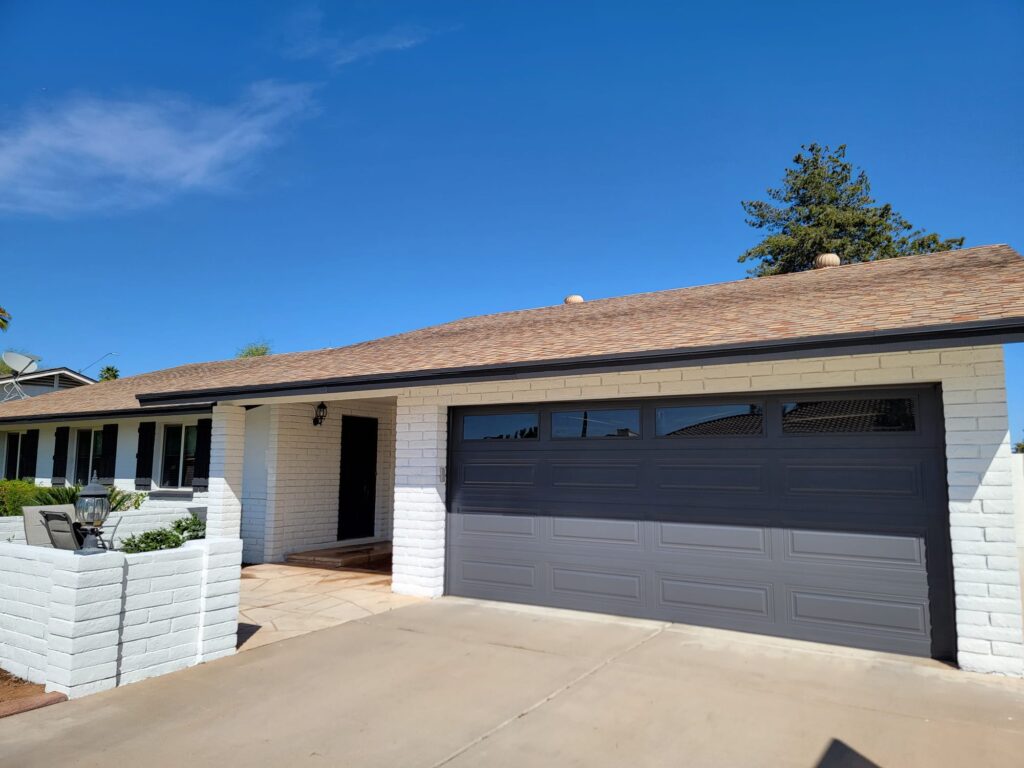Matte vs Flat Paint: Choosing the Right Finish for Your Space
Matte vs Flat Paint: Choosing the Right Finish for Your Space When selecting the perfect paint finish for your home, you might encounter two popular options: matte and flat. Though they may seem similar, each offers unique qualities suited to different spaces and needs. The main difference between matte and flat paint is their level of sheen. Matte paint has a slightly higher sheen than flat paint, giving it a soft, velvety appearance. Flat paint offers no gloss, resulting in a completely matte finish. Matte paint is more durable and easier to clean, while flat paint is better at hiding surface imperfections. Key Differences Between Matte and Flat Paint While both finishes lack the high sheen of glossier options, they differ in appearance, durability, and functionality: Sheen Level Flat Paint: This finish has no sheen at all, offering a completely matte appearance. It absorbs light, creating a smooth and uniform surface. Matte Paint: Although very similar to flat paint, matte finishes have a slight sheen that adds a soft, velvety texture. Durability Flat Paint: Best suited for low-traffic areas like ceilings or bedrooms, flat paint is less durable and can scuff easily. Matte Paint: Offers slightly more durability, making it a better choice for walls in living rooms, dining rooms, or areas that may see some light activity. Washability Flat Paint: Cleaning flat paint can be challenging as it tends to absorb stains, and scrubbing may damage the finish. Matte Paint: Easier to clean, matte paint can withstand gentle wiping without compromising its appearance. Pros and Cons of Matte Paint Pros: Soft, velvety appearance adds elegance. Slightly more durable than flat paint. Easier to clean. Cons: Still not ideal for high-traffic areas. Slight sheen may highlight imperfections. Pros and Cons of Flat Paint Pros: Perfect for hiding imperfections on walls or ceilings. Creates a uniform, smooth finish. Ideal for low-traffic spaces. Cons: Difficult to clean and prone to damage. Less durable compared to other finishes. Choosing the Right Paint for Your Project To decide between matte and flat paint, consider the following factors: Room Type: Flat paint works well in low-traffic areas like bedrooms and ceilings, while matte paint is better for living rooms or dining areas that experience light activity. Desired Aesthetic: If you prefer a completely non-reflective surface, flat paint is the way to go. For a subtle sheen that adds depth and elegance, choose matte paint. Maintenance Needs: If the area requires occasional cleaning, matte paint is a more practical option. Why Professional Help Matters Selecting the right paint finish is only half the battle—proper application is crucial for achieving the best results. At Happy Painting Company, we specialize in interior and exterior painting, offering expert advice and high-quality finishes tailored to your needs. Whether you’re refreshing a single room or tackling a whole-home makeover, our experienced team ensures precision and professionalism every step of the way. Contact Us to learn more about how we can bring your vision to life.



